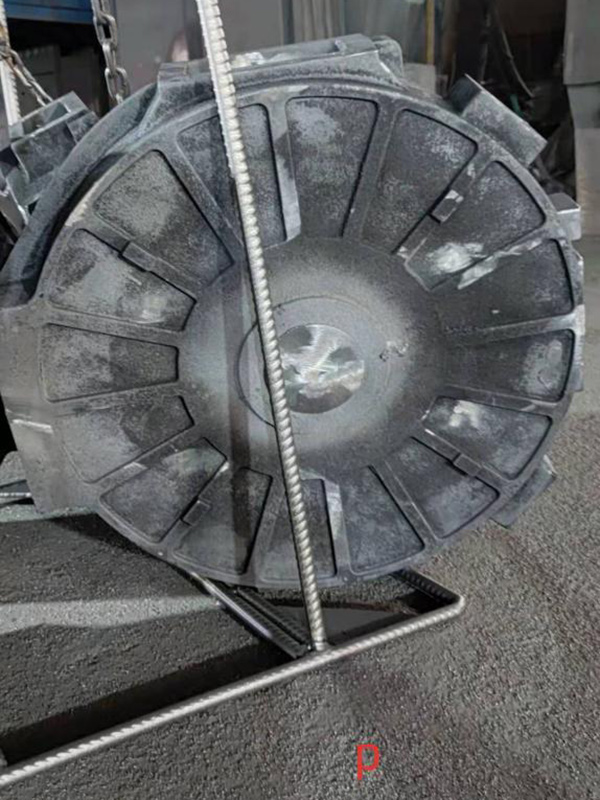Sanding 3D Prints Techniques and Best Practices for a Flawless Finish
As 3D printing technology continues to evolve and embrace a myriad of applications, one often overlooked aspect is post-processing, particularly sanding. Sanding 3D prints is an essential step for enhancing the final product's aesthetic appeal, highlighting its details, and ensuring a smooth finish. This article delves deep into the significance of sanding, the techniques involved, and best practices to achieve excellent results.
Understanding the Purpose of Sanding
When a 3D print is produced, especially if it’s created via Fused Deposition Modeling (FDM) or Stereolithography (SLA), it can exhibit rough surfaces, layer lines, and imperfections. Sanding helps mitigate these issues by smoothing out the print surface, preparing it for further painting, priming, or finishing processes. Beyond aesthetics, sanding can also enhance the fit of moving parts in functional prints, promote better adhesion of paints or coatings, and improve the overall quality of the model.
Choosing the Right Materials for Sanding
The first step in the sanding process is to select the appropriate materials
. Sandpaper comes in various grits, with each designed for specific stages of smoothing- Coarse Grit (40 to 80) Ideal for quickly removing large imperfections and leveling uneven surfaces. - Medium Grit (100 to 220) Useful for refining the surface after initial sanding, reducing the visibility of layer lines and scratches. - Fine Grit (320 and above) Perfect for achieving a near-gloss finish, essential before painting or applying a final coat.
When sanding plastics, including PLA, ABS, or resin prints, wet sanding can be beneficial. It helps to reduce dust and minimizes the risk of overheating, which can occur on finer details. Using a sponge or cloth to keep the surface damp during this process can lead to smoother outcomes.
Techniques to Sand 3D Prints
Sanding might seem straightforward, but employing the right techniques is crucial to avoid damaging your print
1. Inspect the Print Before sanding, thoroughly examine the print for areas that need attention. Identify layer lines, support marks, or imperfections that require smoothing.
sanding 3d prints

2. Progress Gradually Start with coarse grit sandpaper to remove significant imperfections, and slowly progress to finer grits for refining the surface. Take your time, as rushing can lead to sanding through the material or uneven surfaces.
3. Use a Light Touch Applying too much pressure can result in uneven sanding or destruction of fine details. Instead, use gentle, consistent strokes, allowing the sandpaper to do the work.
4. Sand in Different Directions To achieve a more uniform surface, change the sanding direction frequently. This prevents the formation of deep scratches and helps in leveling the print effectively.
5. Blend Edges For prints with sharp edges or corners, ensure you blend these areas carefully to maintain a natural look. Rounded edges can often lead to a more professional finish.
6. Clean Between Grits After using a certain grit, clean the surface of any accumulated dust or debris before moving on to a finer grit. This avoids deeper scratches caused by coarser particles.
Finishing Touches
Once you have achieved the desired smoothness through sanding, you may consider applying a primer or paint. Priming not only adds color but can also fill in any small imperfections that sanding may have missed. Choose high-quality paints and primers designed specifically for plastics for the best adhesion and finish.
Lastly, some hobbyists opt for a clear coat to enhance the print's durability, giving it a glossy or matte finish depending on preference. Experimenting with different types of finishes can lead to unique and eye-catching results.
Conclusion
Sanding 3D prints may seem like a labor-intensive process, but the results can dramatically enhance the quality and appeal of your creations. By understanding the importance of proper techniques and materials selection, you can elevate your 3D prints to professional standards. Whether you are creating visually stunning miniatures, functional parts, or original designs, mastering the art of sanding is a skill that can take your 3D printing projects to the next level. Don't be afraid to practice and experiment; the effort will certainly pay off in achieving flawless finishes!
Post time:снеж . 12, 2024 09:50
Next:sand casting cast iron
